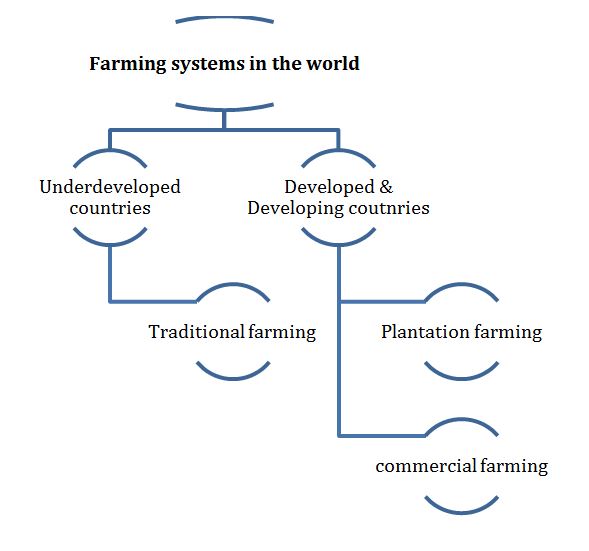The First Industrial Revolution
The First Industrial Revolution occurred almost exclusively in England, the Second Industrial Revolution spread to other European countries and to other countries (the USA and Japan exclusively), and theThird Industrial Revolution – that took place in the middle of the 20th century. This final one spread industrialisation to the ex-colonies and changed the industrial typology in the advanced countries (Europe, the USA…), due to the appearance of the computer.
The 1st Industrial Revolution was based initially on the development of the English textile industry carried out by non-organised factory workers. Before the 18th century, cloth-making was based on the Domestic System. But when the population of England began to increase rapidly in the 18th century, there was an increased need for the production of cloth, usually made from imported cotton from India.
Many inventions accelerated cotton production, producing more and producing more cheaply. The biggest innovation of all was James Watt’s Steam Engine (1786), applying steam power to the cotton mills. This truly converted England into the “workshop of the world”. Another important aspect of the 1st Industrial Revolution was coal, because steam could be produced by burning coal.
This fundamental shift in power source and use had enormous consequences. Without this shift the world would not have developed as it has done. Without the steam engine, coal could not have been extracted easily, but then the steam engine was applied to the invention of cotton mills, steam ships, trains, steam tractors, and furnaces for making iron and steel. The development of the steam engine changed the shape of society. Because mills or factories did not have to be located near to water
The Second Industrial Revolution
The 2nd Revolution saw a basic shift in the main industrial power source. In terms of cause and effect, we can say that as machines multiplied, more energy was needed. The workforce was mainly qualified and organised by Trade Unions. The coal available was insufficient, and so it was gradually replaced by petrol. The car was invented, and so demand for petrol rose. This caused a revolution in transport, which in turn stimulated new industries and commerce. Steel, for example, was needed for machines, railways, ships, cars, iron buildings etc. As more industrial regions and factories grew, there was a new need for extra finance (capital) which resulted in the growth of banking. With regard to electricity, the principles of electric generation had been established by the Englishman Michael Faraday in 1831, but it was not until 1879 that the American Thomas Edison invented a light bulb. The same year, the first commercial power station was opened in San Francisco. After various electrical domestic inventions in the early 1900s (oven, vacuum cleaner, washing machine) the developed world changed in a radical way.
In fact, a significant characteristic of the 2nd Industrial Revolution was the emergence of the USA and Germany as the new industrial powers to compete with Great Britain. In 1870, when the German state was effectively created, the Rhine and the Ruhr valleys were rich in coal. This stimulated the iron and steel industry, but also the chemical industry, originally based on synthetic dyes and aspirin. The Bayer company became the main protagonist, and by the end of the 19th century Germany was the world leader in the chemical industry, establishing factories across the world.





